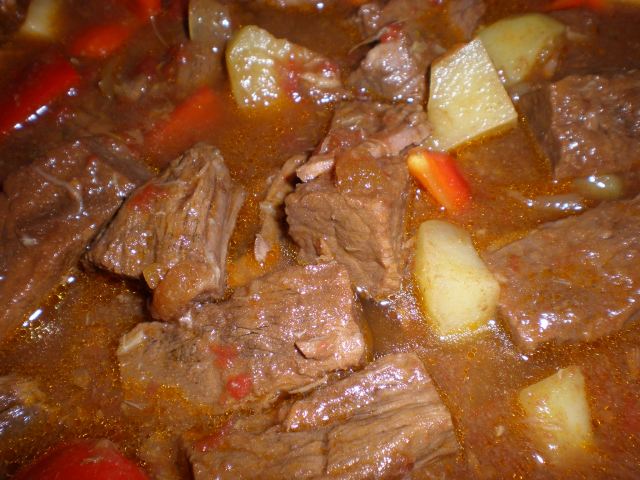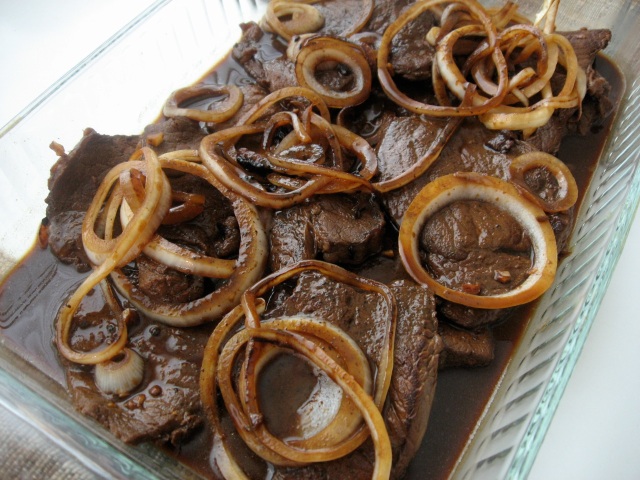The power of 12
Growing up in rural Leyte, Philippines, I would always hear the word doce potajes spoken whenever people talked about some legendary cooks. Old folks would say it like it’s some mystical martial art form. I have a feeling that the mystique of these doce potajes cooks were loaned from the “doce pares” read: arnis, kali, escrema .
In the past, doce potajes were top of the food chain cooks in Northeast Leyte. They were known to whip out at least twelve dishes in one banquet, thus the name doce -twelve and potajes – dishes. Ok, so doce (12) is fine but, potajes? It is like a cuss in Spanish which could mean as the twelve prostitutes.
Awkward.
So I tried google translating “potajes”. I came up with nothing. I googled it for the nth time, still nothing. Good thing that a friend, who is Spanish and a foodie, came to the rescue via facebook .
”  Ana Palao – Aaah yes haha you probably refer to POTAJE, a general term for a (normally rather heavy) soup made with spinach, cheak peas, etc”.
Ana Palao – Aaah yes haha you probably refer to POTAJE, a general term for a (normally rather heavy) soup made with spinach, cheak peas, etc”.
I was so relieved to know that the origin of the word is related to food and not about the world’s oldest profession.
Top dogs
Jeffry Sano, a cook who owns a grill restaurant in Dulag, Leyte and also a cook-for-hire narrates, “The doce potajes were the most sought-after for celebrations like fiestas, church banquets, weddings, “ikasiyam” (9th day after burial), among others. They were said to bring with them a set of very sharp knives. No chef knives then, what they had were actually large daggers (cuatro kantos) that village men tuck in their waists for protection. These chefs also brought their own huge “kalderos” (iron cauldrons) for the “cocidos”(Spanish stew dishes) and “baongs” (humungous iron woks) for the “pansits” (local noodle dish), “pritos” (fried dishes) and the “guisados”(stir fried dishes). The doce putaje cook would usually have two assistant cooks and two helpers – depending on the number of expected guests – who were in charge of butchering the livestock, the mise en place and securing the open fire which was used for cooking”.
It is said that, all the doce potajes cook had to do was to look at the volume of the produce being cooked and he would instinctively estimate the amount of condiments needed for the recipe. He does it without any measuring tool, it was all about the hands. Old timers also say that the best of these cooks do not even taste the dishes.
These cooks get wasted on bahalina (a popular coconut wine in the Waray region) as they cook in the eve of a banquet. The drinking spree, however intense it was, did not deter cooks from waking up early to do the finishing touches on the food.
Stuffs of legend.

Pop-up kitchen is old school
In the 1900s up to the early 80s, banquets were usually a town affair. When there was an occasion, young people would go around town to borrow plates, silverwares, benches, chairs, tables, mantles and others that were needed for a party. It was not uncommon then to see markings on these borrowed items. There were monograms, engraved names or letters or nail polish dots at the back of plates and glasses or even threads tied around the neck of spoons and forks. This was crucial in returning the item to its owner, lest people get someone else’s after the event.
Two days before the event, the doce putaje cook will have already begun his preparations. Around this time, the pop-up kitchen is already pitched and all the produce needed are already stocked. On the eve of the event, the kitchen will be firing on all fronts. The “doce potaje” cook barks instructions as he wipes his sweat with a “good morning towel” (a small towel, popular among workers) . Come feast time, he orchestrates the dish sequence because prior to the popularity of buffets in the late 80s, the typical service style was “butlered”. The servers brought the food directly to the table of the guests in sequence, from starters to deserts.
The menu
So what were the 12 dishes? My papa who used to be a server for some of these cooks recollects that the set varied but the usual were caldereta, mechado, estofado, morcon, dinuguan (from the lechon), pansit, menudo, lengua (the one with tomato sauce), hamonada fresca (fresh ham), camaron rebosado, paella and the humba. Later on in the 70s, American dishes started appearing in the set like the bipstik (carabao stew cooked in local lime and soy sauce) fried chicken (pre boiled then deep fried native chickens-no white leghorns then) and the chicken roll.
All things must come to pass
In the 90s, catering caught up with Leyte. Instead of hiring cooks, the middle class hired food caterers who did everything from the ground up; tables, chairs, skirting, etc. the works. Suddenly, the” doce potajes” cooks became dinosaurs.
By the the late 00s however, people realized that they can save more if they only hire the food caterer for its services but not the food. This trend has ushered a new generation of cooks in the Waray region. Now people are seeking cooks-for-hire again in the tradition of the “doce potajes”. ” Many people hire me for fiestas now so I am training a couple of cooks to help me out”, revealed Jeffry Sano.
Probably the twelve dishes for a single party will never return due to economics. The prestige and glory of the “doce potahes” however, will continue to reverberate and capture the imagination of Filipino foodies, chefs and cooks. Truly, “doce potajes” is a Filipino cultural legacy that needs to be further understood and then treasured.
